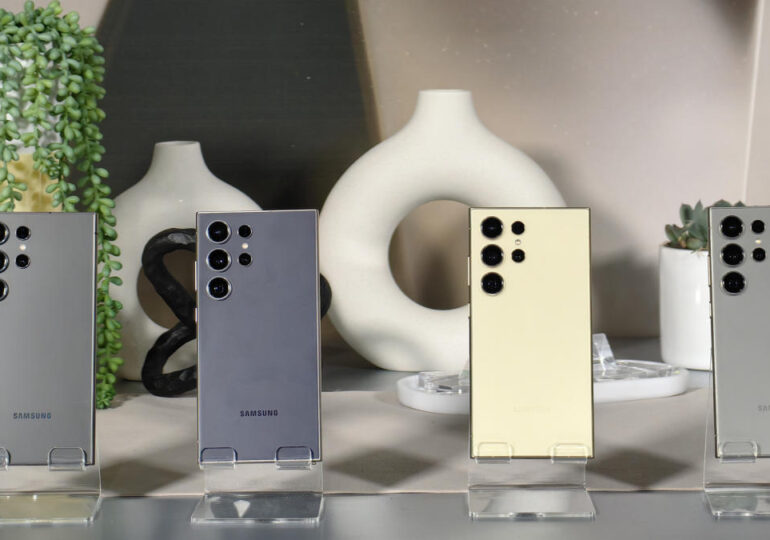MIT Engineers Develop Miniature Zinc-Air Batteries for Cell-Sized Robots, Advancing Autonomous Technology

MIT Engineers Unveil Zinc-Air Microbatteries: Tiny Powerhouses for Cell-Sized Robots
MIT engineers have achieved a significant milestone with the development of a groundbreaking zinc-air microbattery, which measures just 0.1 millimeters in length and 0.002 millimeters in thickness—about the width of a human hair. This ultra-small battery uses oxygen from the air to oxidize zinc, generating up to 1 volt of power. This innovation could revolutionize the capabilities of cell-sized robots, opening new possibilities for applications such as drug delivery within the human body and environmental monitoring.
Tiny Batteries, Big Impact
The creation of this minuscule battery addresses a critical challenge in robotics: providing power for extremely small devices. Traditional robots often rely on external power sources, such as lasers or light, which restrict their mobility and functionality. By integrating the power source directly into the robot, MIT’s new zinc-air batteries enable these devices to operate independently and autonomously. According to Michael Strano, a senior author of the study, “We’re building robotic functions onto the battery and starting to put these components together into devices,” highlighting the transformative potential of this technology.
Advancing Robotic Capabilities
The research team, led by Ge Zhang and Sungyun Yang, has demonstrated that the zinc-air microbatteries can effectively power various robotic components. These include actuators for moving robotic arms, memristors for memory storage, and sensors for chemical detection. The potential applications of these tiny robots are vast, ranging from medical uses—such as injecting them into the human body to administer drugs like insulin—to industrial settings where they could monitor environmental changes or detect gas leaks in pipelines.
Revolutionary Potential
The development of these microbatteries could mark a pivotal moment in the field of autonomous technology. By allowing robots to operate without needing external power sources, these batteries open the door to more versatile and capable devices. The ability to embed power sources within robots enhances their functionality and autonomy, making them suitable for a wide range of applications, from complex medical procedures to intricate industrial tasks.
Future Prospects
Looking ahead, the team plans to explore further applications and improvements for these microbatteries. They envision scaling up the technology to create even smaller and more efficient batteries, potentially leading to new breakthroughs in the fields of robotics and autonomous systems. As research continues, the impact of this innovation is expected to grow, further integrating these tiny power sources into various advanced technologies.
Impact on Industry
The introduction of zinc-air microbatteries is likely to influence multiple industries, particularly those that rely on miniaturized technology. Medical fields could see significant advancements, with the potential for more effective and less invasive treatments. In industrial applications, the ability to deploy autonomous robots in challenging environments could enhance safety and efficiency. Overall, this development represents a major step forward in the quest to create more capable and self-sufficient robotic systems.






















